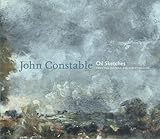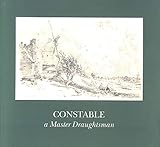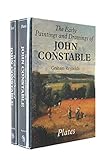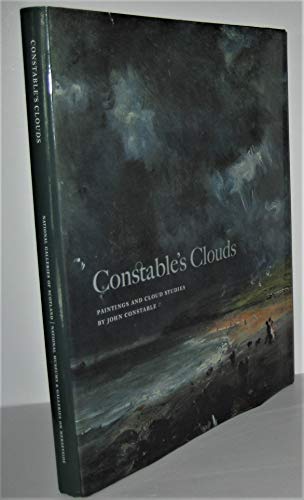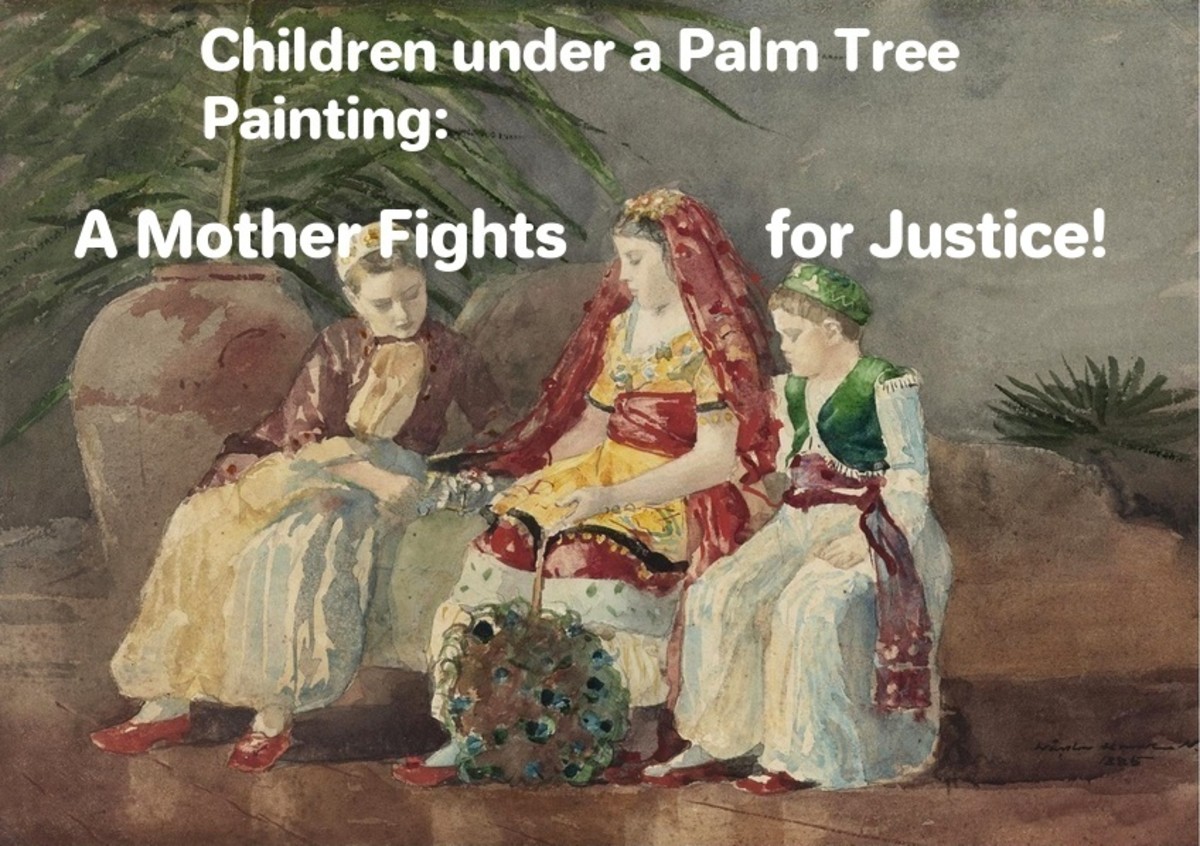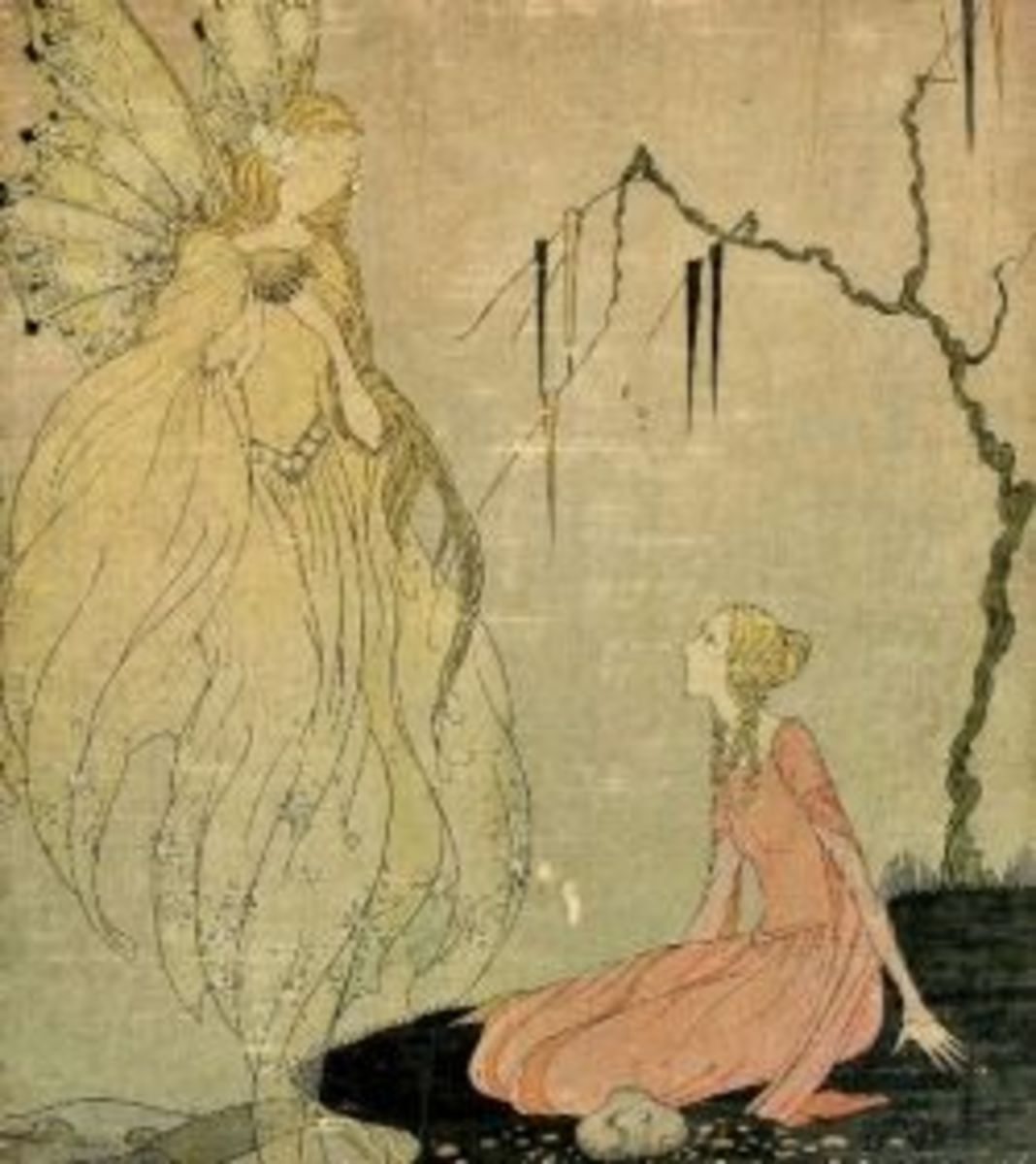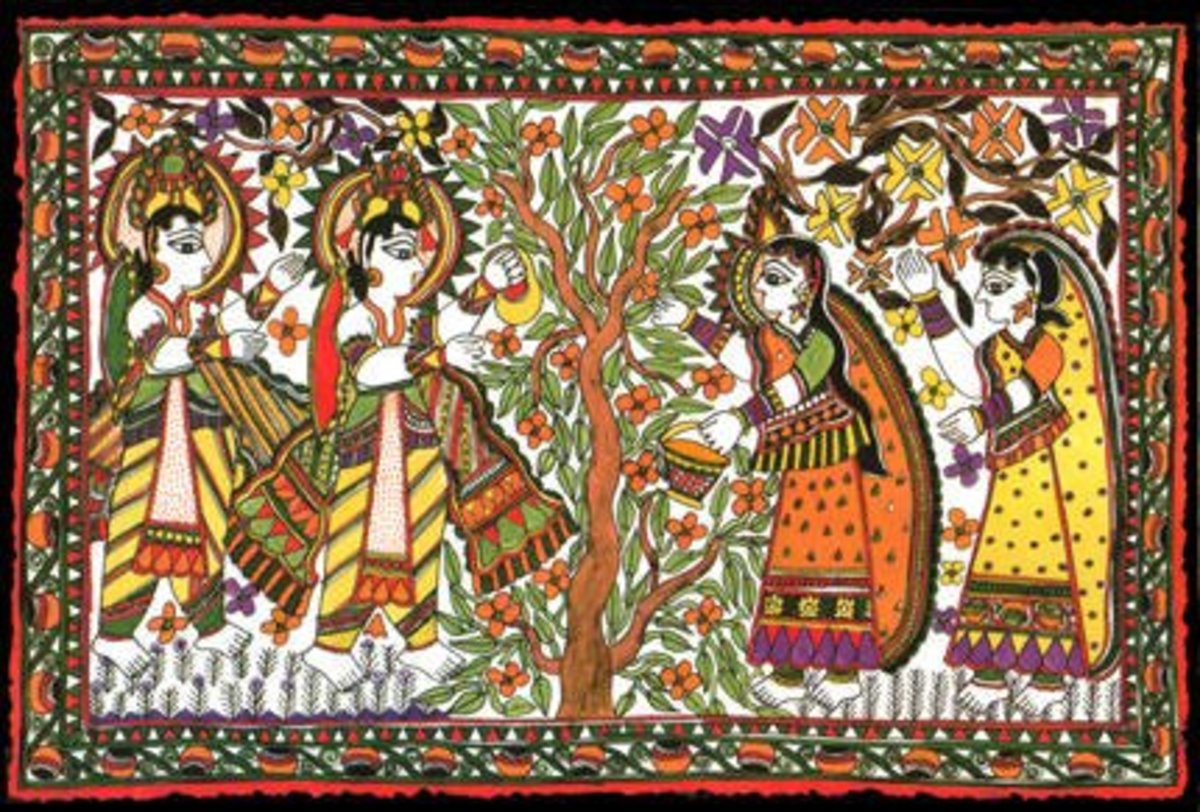'Constable Country': England's Suffolk - and Solihull ???
Solihull: Malvern Hall From the Lake - John Constable
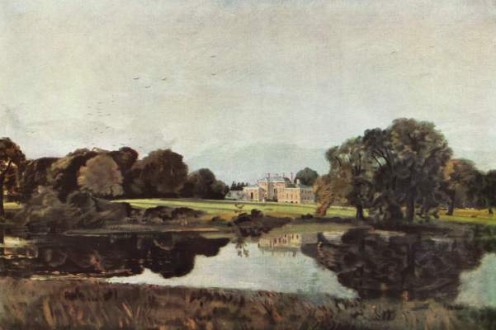
Solihull - Constable Country?
A few years ago, I traveled from my home in the the English Midlands to take a short family break in East Anglia ~ to visit historic 'Constable Country', in the lovely English county of Suffolk.
At the site of 'The Haywain', it was as if I were actually walking through a painting!
But I didn't need to go that far to find myself in a Constable scene. Indeed, I needed to venture no further than Solihull ~ and the site of my old school, Malvern Hall.
John Constable visited Solihull, Warwickshire (now West Midlands) in the early 1800s, as the guest of Henry Greswold Lewis, the owner of Malvern Hall.
Henry's sister, Lady Dysart, was Constable's patron.
Constable painted a number of views of the Malvern Hall and its beautiful grounds ~ including its mirror-like lake.
Presumably, Greswold Lewis was proud of the improvements that he had commissioned architect Sir John Sloane to make in the 1780s, and was pleased to see them recorded for posterity.
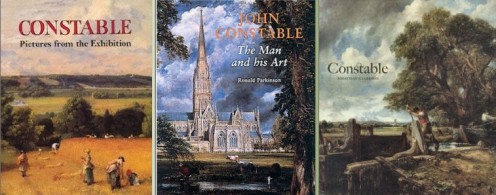
The Author in Constable Country - Flatford Mill, Suffolk
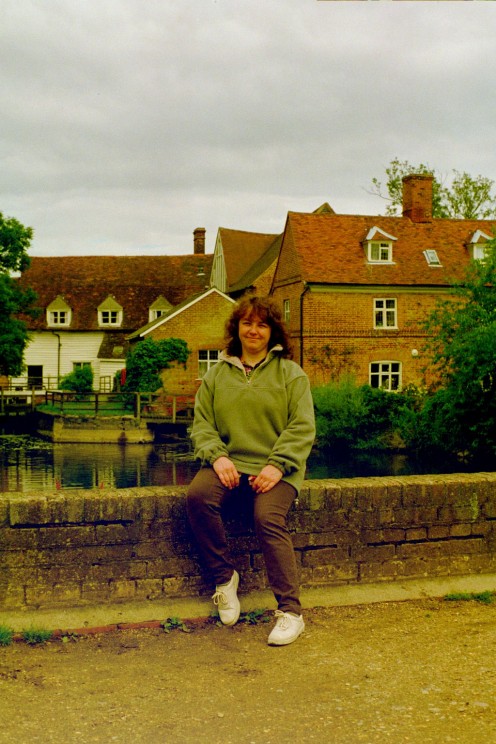
Copyright Etc
Please note that my words and my photographs must not be used without my specific permission. Copyright Tricia Mason. All Rights reserved.
Where I have quoted from the works of others, I believe that I have made this clear, that the quotes are suitably brief and that I have credited the authors appropriately ~ and I thank them, here.
Where I have used photographs taken by people other than myself, I have noted this accordingly, and given suitable credit and links. I also thank them for their generosity..
I have illustrated this item with the beautiful works of long-deceased artists ~ particularly the works of John Constable. Since the people concerned lived in the 18th century, I believe that these works are out of copyright.
I have gratefully used two old postcards of Solihull. I hope that they, too, are out of copyright and apologise if I am mistaken. And I hope that it is in order to use items from the brilliant Malvern Hall anniversary booklet.
Please let me know if I have made any errors.
Thank you.
Tricia Mason
********************
********************
John Constable
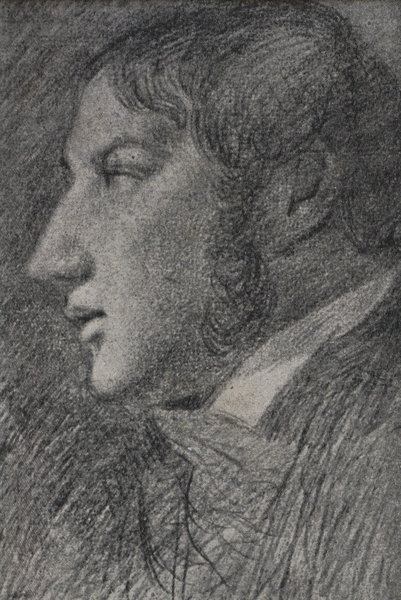
Flatford Mill, East Bergholt, Suffolk
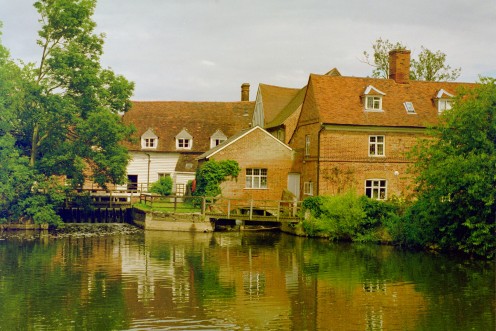
History: John Constable and 'Constable Country'
John Constable, one of England's most popular and talented landscape artists, was born at East Bergholt, in Suffolk, in June 1776.
The landscape near to his birthplace was one that Constable chose to depict, often, in his paintings. Consequently, this area has come to be known as 'Constable Country', but he also painted several other areas in England.
Constable was the son of a corn merchant / miller. His father, Golding Constable, was the fairly prosperous owner of Flatford Mill ~ naturally, this featured in a Constable painting ~ and, later, Constable senior obtained Dedham Mill. He also owned his own boat ~ 'The Telegraph'.
After leaving Dedham Grammar School, Constable junior worked with his father ~ and he had been expected to take over the family business at some stage. However, in the event, his younger brother took on this role and John convinced his father, in 1799, to allow him to study at the Schools of the Royal Academy.
Many, though not all, of Constable's works reflect his home neighbourhood ~ the Stour Valley, or 'Dedham Vale'. One of his most famous 'local' paintings ~ prints of which have graced many homes over the years ~ is 'The Haywain'.
Flatford Mill - Owned By Constable's Father
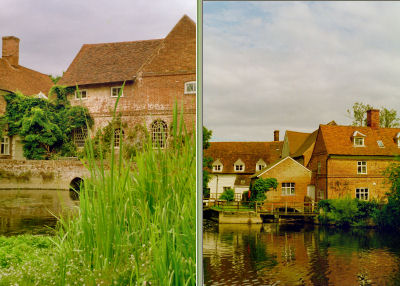
'The Haywain' by John Constable - Note Willie Lott's House
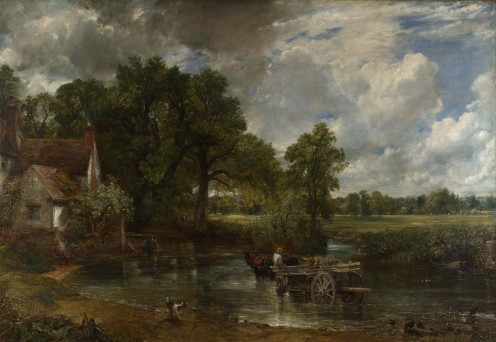
Willie Lott's House - By Flatford Mill
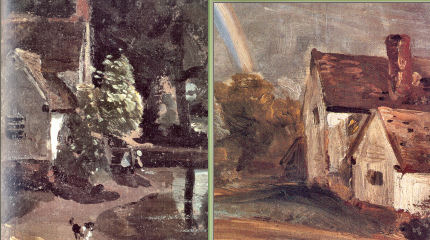
At the site of 'The Haywain' - And Willie Lott's House - it was as if I were actually walking through a painting!
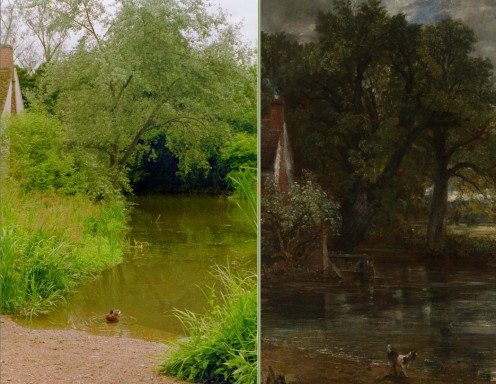
Maria by Constable 1816
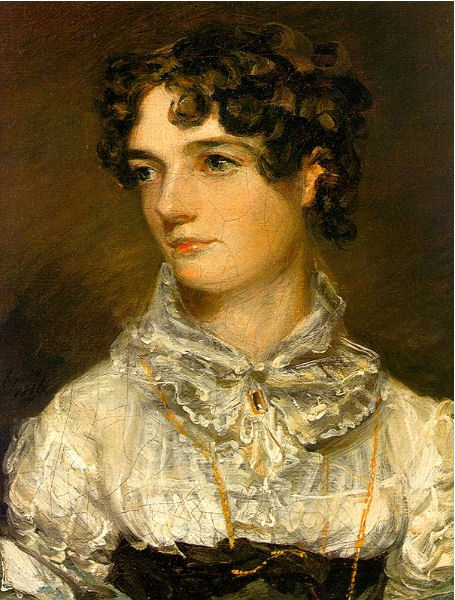
Maria Bicknell
When John Constable's father died, leaving him enough money to feel secure, he proposed to his childhood friend, Maria Bicknell, with whom he had fallen deeply in love.
In spite of her family's opposition, they married, in 1816, at St Martin in the Fields.
Although Maria was not a healthy woman ~ she suffered with tuberculosis (TB) ~ she gave birth to seven children.
When she died, in January 1828, Constable was bereft, and, thenceforth, he wore black, and devoted much of his time to caring for his children.
Maria and Two of Her Children circa 1820 - by Constable
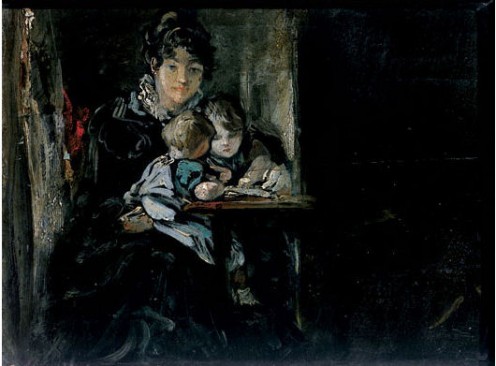
'Constable In Love: Love, Landscape, Money and the Making of a Great Painter' By Martin Gayford
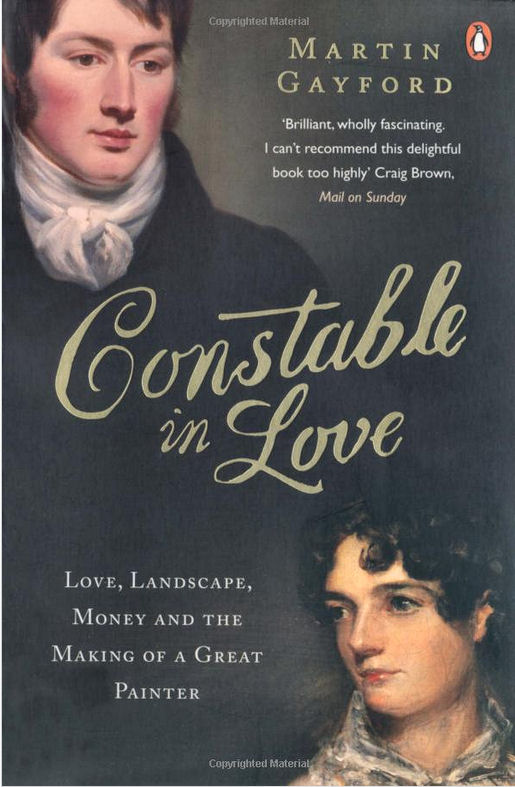
John Constable By Ramsay Reinagle
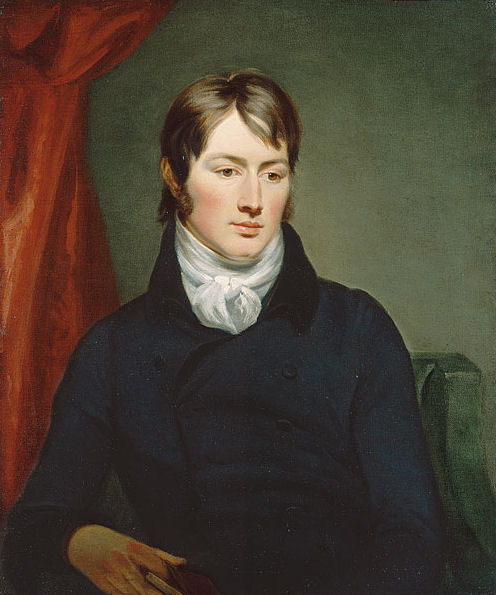
Constable In Love - Martin Gayford
In his book, Gayford quotes from one of Maria Bicknell's letters, to Constable, dated 4th November 1811, regarding her father's position on their potential marriage:
"My Dear Sir. ... His only objection would be on the score of that necessary article Cash. ... What can we do? To live without it is impossible. It would be involving outselves in misery instead of felicity. Could we but find this golden treasure we might yet be happy ..."
As Gayford notes, 'her father's reservation, though merely financial, was fundamental'.
Gayford tells us that Constable remembered that 'he had first set eyes on Maria in 1800 ~ when he was twenty-four and she was only twelve' ~ presumably in East Bergholt, since his family lived there ~ though he, personally, had moved to London ~ and her grandfather was the local parish Rector.
Martin Gayford also informs us that the good-looking young artist was attractive to other young ladies, as well as to Maria:
'The young John Constable' was 'remarkably, even ostentatiously handsome'. The 'portrait by Reinagle reveals that at twenty three Constable had chestnut hair, fine eyes, a manly nose and fasghionable bushy side whiskers'. Apparently, he was 'an object of great interest to young women'.
One example, given, is that of Ann Taylor, a minister's daughter, who, in 1799, considered Constable to be 'as finished a model of what is reckoned manly beauty as she had ever come upon'. She, with four other girls, visited his home to view his paintings ~ presumably hoping to catch a glimpse of the man himself.
Quotes from: 'Constable In Love: Love, Landscape, Money and the Making of a Great Painter' by Martin Gayford
Hampstead Heath by John Constable

Maria and Children - Detail
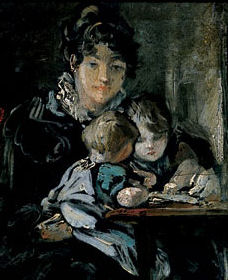
Hampstead and London
Hampstead Heath, now part of London, might also be considered Constable Country.
According to Mandi Gomez ~ in 'Essential Constable' ~ after their marriage "Constable became a Londoner". At first, they lived in Bloomsbury, but, later, when they chose to live in Hampstead, theirs was very much a 'rural' type of London. They thought that this might benefit Maria's health.
Constable and his family stayed in the countryside of Hampstead Heath, each summer, from 1819 to 1826 and then decided to live there on a permanent basis. He also maintained a London studio.
As ever, Constable began to paint the area around his new home, and there are many views of Hampstead Heath amongst his works ~ another 'Constable Country' perhaps??
Constable: Salisbury
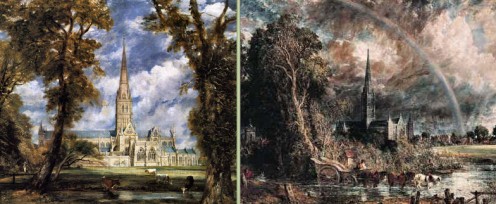
The Seasons by James Thomson
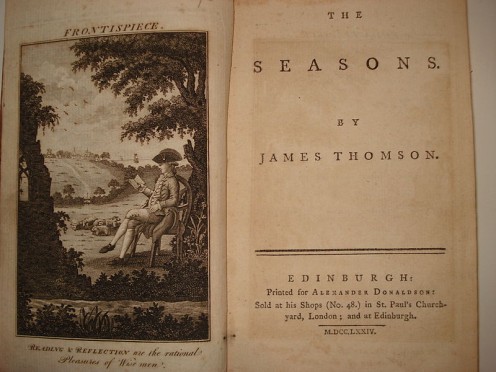
Constable, The Man and his Art
Salisbury - Another 'Constable Country'?
Some popular and very beautiful paintings, by the artist, are of Salisbury Cathedral. This fine medieval building, with Britain's tallest spire, obviously inspired Constable.
Salisbury, Wiltshire, was not an area where Constable lived, but he did know it well.
This is what Charles Darwent wrote, in The Independent, in May 2011
"Mention Constable country and we think of Suffolk, the place where John courted the young Maria. There was another Constable country, though, to which the painter had been introduced in 1811 by John Fisher via his uncle, also John Fisher, Bishop of Salisbury. In 1816, Constable went back to the city, this time on his honeymoon. There were to be three more happy visits, in 1820, 1821 and 1823; and two desperately unhappy ones in 1829, in the months after Maria's death. In sorrow as in joy, Constable turned to Salisbury, to its cathedral and cathedral close, home to the two John Fishers."
Constable's various interpretations of the Cathedral may reflect both his desire to satisfy his patron's requirements and his own whirling emotions.
According to Wikipedia, the turbulent 1831 scene was 'a personal statement of his turbulent emotions' and contained much symbolism, including the rainbow, which was 'a symbol of hope after a storm'. This hidden meaning was apparently revealed when Constable added some poetry ~ 'nine lines from “The Seasons” by ... James Thomson'.
Charles Darwent considers Constable's 1823 cathedral, painted for Bishop Fisher, to be 'a strange work, the church rendered flat and thin behind a repoussoir screen of trees and cows'.
Constable's later paintings of the Cathedral ~ a series called 'Salisbury Cathedral from the Meadows' ~ were painted after Maria's death ~ and also after the bishop had died.
Darwent describes this view, particularly the 1831 version ~ as 'an entirely different thing, the church now incidental to the picture's composition, Constable's roiling paint picking up on clouds and horses, white flecks of light'.
Interestingly, considering the similarities drawn between Constable and the Romantics, Darwent adds: 'In terms of balance, it is a close-run thing: God or Nature, order or disorder, faith or its lack'.
http://www.independent.co.uk/arts-entertainment/art/reviews/constable-and-salisbury-the-soul-of-landscape-salisbury-amp-south-wiltshire-museum-salisbury-2290346.html
Salisbury Cathedral from the Bishops Grounds - 1823-5
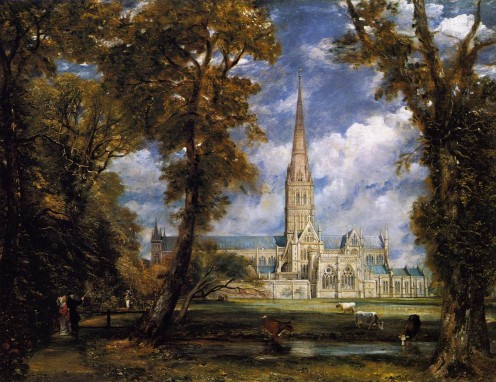
Salisbury Cathedral from the Meadows - 1829
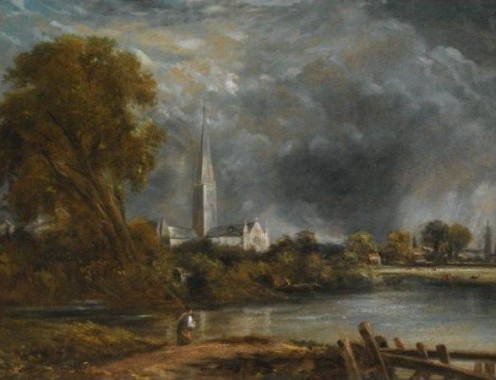
Salisbury Cathedral from the Meadows - 1831
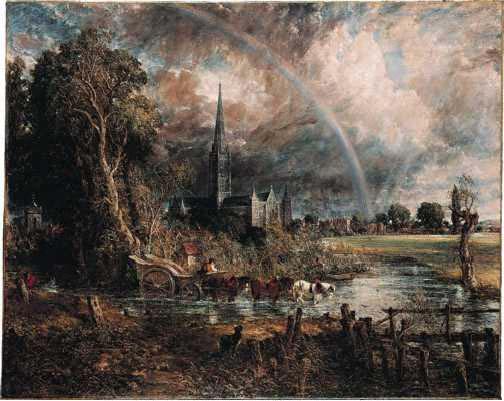
Constable - Detail from 'The Haywain' [hay wagon]
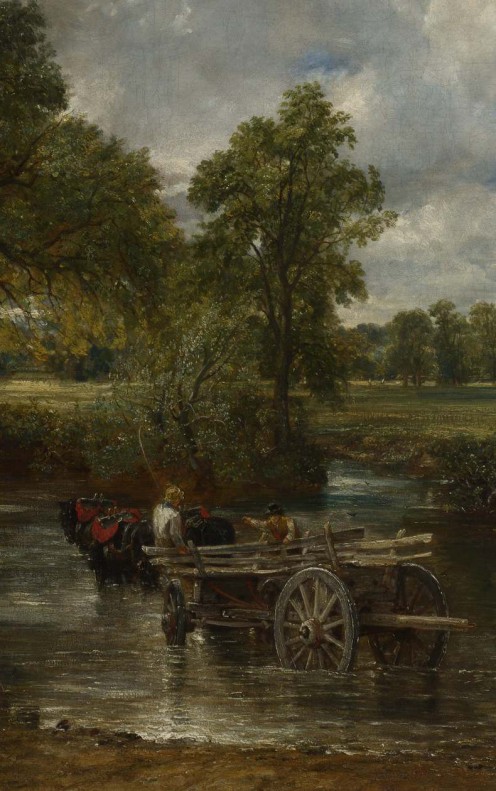
Paris
John Constable sold his first painting in 1802.
Though his work became very popular after his death, and he was exhibiting his works in the Royal Academy by 1803, he was never particularly successful during his lifetime ~ although he did manage to secure membership of the Royal Academy, when he was 52, which altered his standing in society.
In 1831, Constable was appointed 'Visitor' at the Royal Academy. He also gave lectures on landscape painting to public audiences and was a popular speaker, becoming relatively famous in the last years of his life.
While he was alive, he sold more works in France than in England. In 1824, his 'Haywain' was an exhibit at the Paris Salon.
According to Wikipedia:
'The painting ['The Haywain'] caused a sensation when it was exhibited with other works by Constable at the 1824 Paris Salon (it has been suggested that the inclusion of Constable's paintings in the exhibition were a tribute to Géricault, who died early that year).
'In that exhibition, The Hay Wain was singled out for a gold medal awarded by Charles X of France, a cast of which is incorporated into the picture's frame.'
http://en.wikipedia.org/wiki/The_Hay_Wain
**********
**********
According to Wikipedia, 'the Académie royale de peinture et de sculpture', in 1625, 'held its first semi-public art exhibition at the Salon Carré'. In 1725, this 'royally sanctioned French institution of art patronage' took place 'in the Palace of the Louvre, when it became known as Salon or Salon de Paris'. 'In 1737, the exhibitions became public and were held, at first, annually, and then biannually'. 'Between 1748 and 1890 it was the greatest ... art event in the Western world'. Since 1881 'it has been organized by the Société des Artistes Français'.
http://en.wikipedia.org/wiki/Salon_(Paris)
Romanticism? Man and Nature? - 'Stonehenge' by Constable
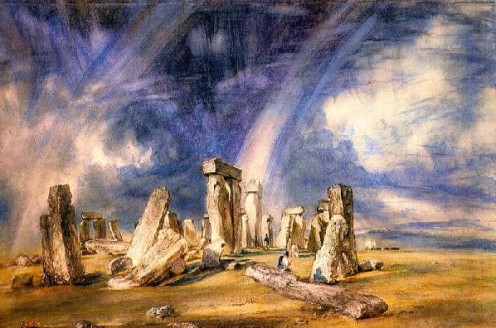
Sketch of William Wordsworth by John Constable
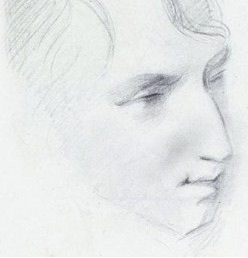
Priscilla Lloyd, Wife of William Wordsworth's Brother - by Constable
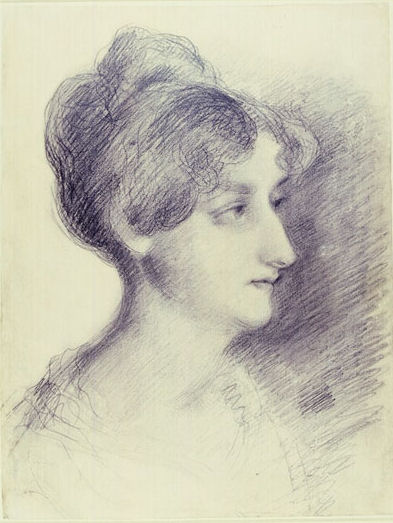
Romanticism
Constable's work in oil paint, or pen with water-colour, may be compared to that of William Wordsworth's (1770~1850) work in words.
Both illustrate the simple, but powerful, beauty of nature and show the symbiotic aspect of man's relationship with nature. thus, he was part of the movement known as 'Romanticism', which rejected classical ways of depicting nature in art.
William Wordsworth and Samuel Taylor Coleridge produced a book of 'Romantic' poetry entitled 'Lyrical Ballads'. This hub relates to their work:
The Dungeon - A Poem by Samuel Taylor Coleridge (Plus Wordsworth's 'The Convict') - Analysis
Constable met Wordsworth ~ and even drew a portrait of him. It has been suggested that 'Romanticism', and Wordsworth's pictures of nature in words, may have influenced Constable.
Interestingly, 'Romantic' / political symbolism has been noted, particularly, in Constables 1831 version of 'Salisbury Cathedral from the Meadows'. Wikipedia describes the 'clash of industrialization and nature represented through the clash of elements'.
http://en.wikipedia.org/wiki/Salisbury_Cathedral_from_the_Meadows

My Related Article:

Constable Portraits: The Painter and His Circle by Martin Gayford and Anne Lyles
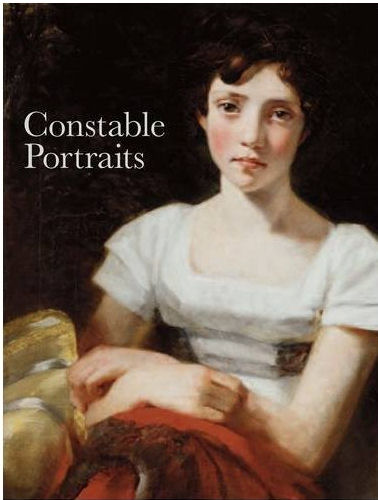
Portraits
Although well known as a landscape artist, Constable also painted a number of portraits, including members of the Greswold(e) family and of the Lloyd family, both from the English Midlands. (The Lloyds are the well-known banking and industrial family.)
He took up portraiture for financial reasons.
* * *
Regarding this artist's portrait work, Lucian Freud noted, in 2002:
"I've always thought that it was completely loopy for people to go on about portrait painters ~ English portrait painters ~ and not to have Constable among them."
Malvern Hall From the Front - John Constable
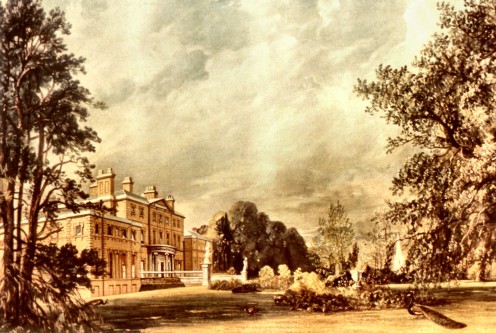
Malvern Hall - Balcony Over the Old Staircase
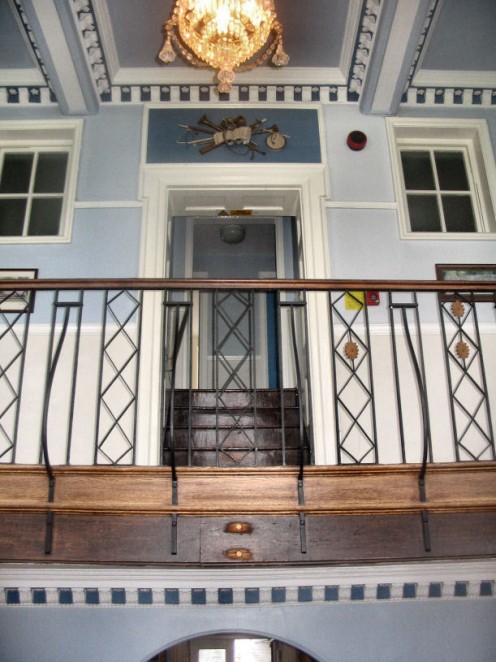
Henry Greswold Lewis
Henry Greswold Lewis should have been very proud, that his Solihull home ~ Malvern Hall ~ was being preserved in oils by Constable.
He must have been proud of his own appearance, too, since, as well as capturing the hall in oils, he also had Constable paint his own portrait ~ and that of his ward, Mary Freer (who may have been the daughter of his illegitimate half-brother).
Though Greswold Lewis clearly recognised Constable's obvious talent, he could not have had too much respect for Constable, the man, since a further unwelcome (and uncompleted) commission was to produce a humble inn sign, for 'The Mermaid' (now 'The Greswolde') in Knowle.
Lewis even nagged Constable about this project, in a letter of condolence, on the death of the artist's wife!
Henry Greswolde Lewis of Malvern Hall By John Constable
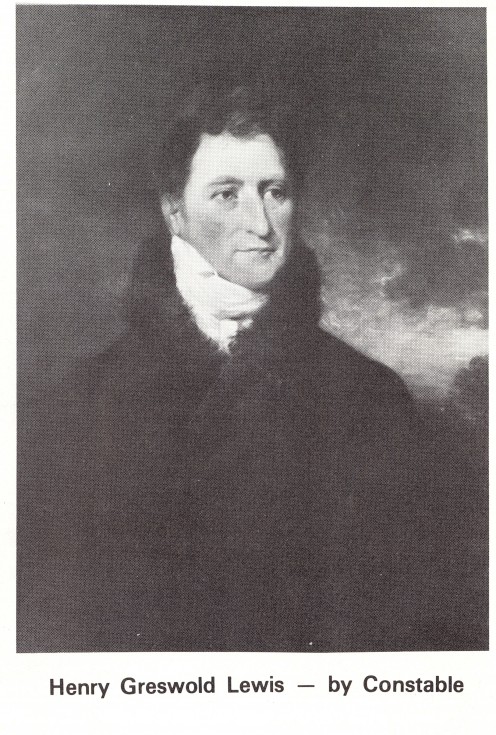
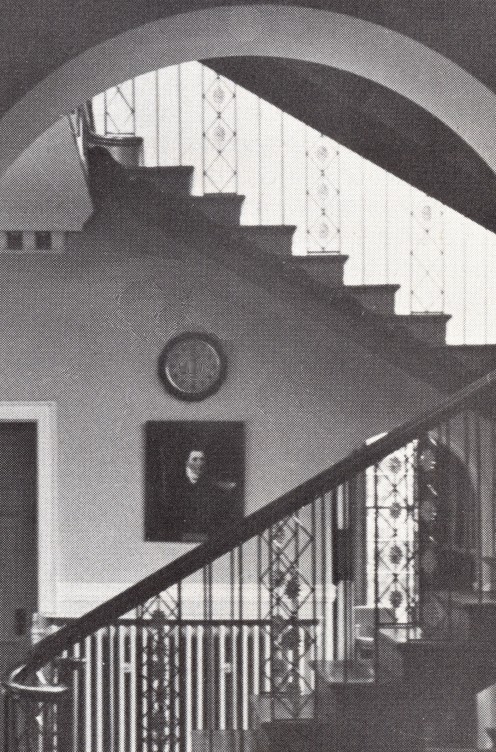
Greswold Lewis Portrait
Interestingly, an original Constable portrait of Henry Greswold Lewis hung on the wall of Malvern Hall well into the 1970s ~ while it was a girls' grammar school (Solihull High School for Girls).
The first headmistress, Miss Flora Forster, had purchased the portrait from the descendants of Mary Freer, Lewis's ward.
Before her death, Miss Forster instructed that the painting should remain at the hall for as long as it remained a girls' grammar school.
When, in 1974, the school became a mixed (co-educational) comprehensive establishment, the painting had to leave the premises.
The original went, but staff and students, myself included, raised funds to purchase a high quality print of the portrait ~ so Henry Greswold Lewis was able to stay on at his family home.
*****
Ironically, Malvern Hall ~ Solihull's stately home ~ currently houses a girls' school, once again.
One of Constable's original Solihull landscape paintings is in the Tate. Others are in private hands ~ in the USA, I believe.
Recently, some drawings of Solihull, executed by Constable have been sold at auction for substantial sums.
Malvern Hall - Rear of the Building, Not Quite as Constable Would Remember It.
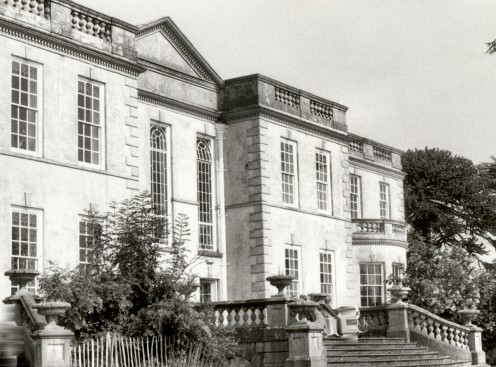
Malvern Hall - Then 3-storeyed - Constable

Malvern Hall - Now 2-storeyed - Early 1900s

Malvern Hall From the South West 1809
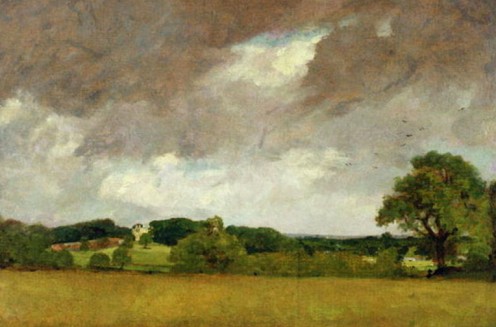
Malvern Hall 1821
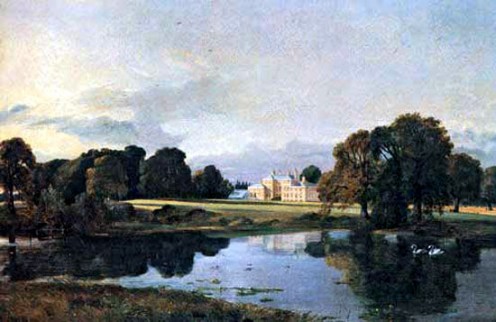
Malvern Hall: Notes From 'The Tate Gallery Constable Collection, London 1981
According to a Tate Gallery catalogue entry, regarding Constable's painting 'Malvern Hall, Warwickshire 1809', 'Constable went twice to Malvern Hall, in 1809 and in 1820'. Certain notes, made by the artist, about his first visit, inform us that he "Left Town for Malvern - Saturday July 15 1809", 'while [another] inscription ... suggests that he was still there on 1 August'.
The entry informs us that 'Constable may have been introduced to [Henry Greswolde] Lewis by Magdalene, Dowager Countess of Dysart, Lewis' sister', the explanation being that 'Constable was commissioned in 1807 to make copies of Dysart family portraits and it could have been at the Dysarts' town house in Piccadilly ... that he met Lewis'. Apparently, 'the first of several portraits by Constable of Lewis was begun the same year'.
It is considered unlikely that Lewis commissioned pictures of the hall ~ preferring portaits and other works ~ and it is assumed that the various paintings of Malvern Hall were completed for Lewis's sister, Magdalene, Dowager Countess of Dysart ~ and, possibly, the Earl of Dysart.
According to the catalogue, Lewis's 'artistic interests are epitomised by the jobs he gave, or tried to give, Constable: his own portrait (repeated several times), Mary Freer's portrait, a miniature of Mary Freer's eye for a shirt-pin, a nine-foot high image of his Norman ancestor ‘Humphri de Grousewolde’ for the stairwell at Malvern Hall, and a sign for The Mermaid and Greswolde Arms Inn'.
This information was published in: 'The Tate Gallery Constable Collection, London 1981' by Leslie Parris.
Malvern Hall - Drawing by Constable
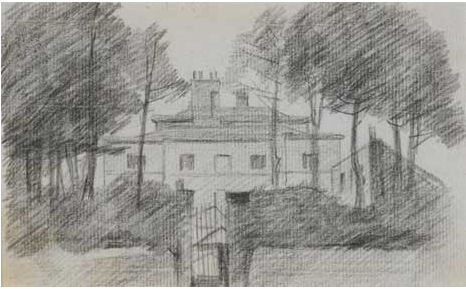
Malvern Hall - Did Constable note the Ice House in the Grounds?
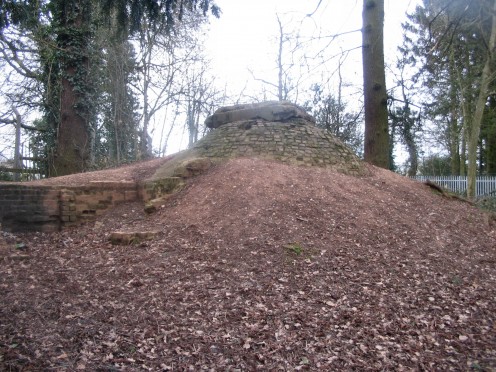
Original Constable Sketch
A sketch of the hall, drawn by Constable, was put up for auction in 2008.
According to 'The Birmingham Mail / Solihull News: 'Ken Meeson, the leader of Solihull Council, said that the Constable drawing has rarely been seen in public because was no building in Solihull suitable for the sketch to be displayed'.
Read more here:
http://www.birminghammail.net/news/solihull-news/2008/09/08/solihull-council-sells-john-constable-sketch-97319-21700715/#ixzz1iGEkWZ92'
Malvern Hall - Rear of the Building; Slightly altered Since Constable's Day - Only Two Storeys!
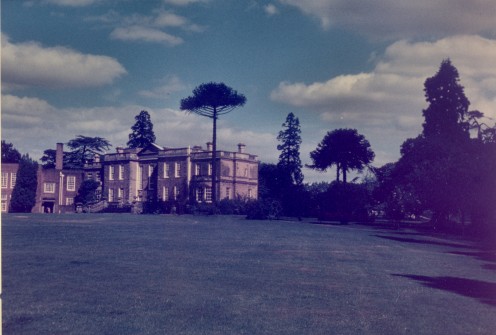
Death of John Constable - 1837
John Constable died about nine years after his beloved wife, in March 1837, aged 60.
The possible cause may have been a heart attack, but he had been suffering badly with rheumatism for some years.
He is not buried in 'Constable Country', but in St. John's church, Hampstead,London.
* * * * *
John Constable: 11 June 1776 – 31 March 1837
Constable's Tomb
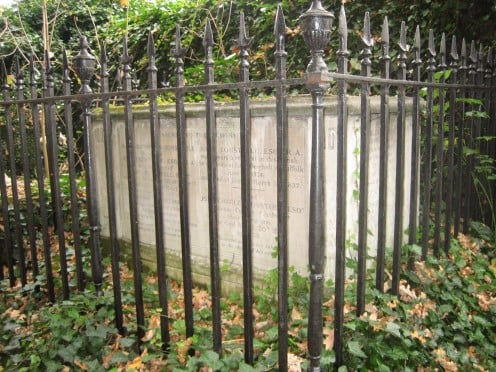
Suffolk - 'Constable Country'!
As I noted above, the 'official' area known as 'Constable Country' is in the English county of Suffolk, East Anglia. It is the area known as Dedham Vale ~ the Stour Valley ~ where John Constable was born and brought up.
There are works in pen and water-colour, chalk and charcoal, and, of course, oil paint.
Some of Constable's Stour Valley works:
The Valley of the Stour, Looking Towards East Bergholt ~ pen & water-colour ~ 1800
The Valley of the Stour, with Stratford St Mary In The Distance ~ pen & water-colour ~ 1800
The Valley of the Stour, with Dedham In The Distance ~ c1800-1805
Dedham Vale ~ 1802
Dedham Vale: Evening ~ 1802
A Mill On The Banks Of The River Stour ~ chalk & charcoal ~ 1802
Valley Scene With Trees ~ 1802
A Wood ~ c1802
Flatford Lock and Mill ~ 1810-11
A Landscape Near East Bergholt: Evening ~ 1812
A Landscape Near East Bergholt At Sunset ~ 1812
Porch of East Bergholt Church ~ c1810
Dedham Mill ~ c1810-15
A Cart On A Lane At Flatford ~ oil sketch ~1811
Dedham Vale c1810
Willy Lott's House, Near Flatford Mill c1810-15
Dedham Vale: View To Langham Church ~ 1811
Barges On The Stour, With Dedham Church In The Distance ~ c1811
Mr Golding Constable's House, East Bergholt ~ c1811
View Of Dedham From The Lane Leading From East Bergholt Church To Flatford ~ c 1810-15
Lock On The Stour c1813
A Wooded Landscape Outside The Park Pales Of Old Hall, East Bergholt, With A Ploughman ~ 1814
Boat Building Near Flatyford Mill ~ 1815
Scene On A Navigable River (Flatford Mill) ~ 1816-17
Landscape With a Double Rainbow ~ 1812
Dedham Lock and Mill ~ 1820
Willy Lott's House With A Rainbow c1820
Flatford Old Bridge and Bridge Cottage On the Stour ~ pencil, pen, ink ~ c1820-30
Full Size Study for The Haywain ~ c1821
Helmington Dell, Suffolk ~c1823-26
An Oak In Dedham Meadows ~ pencil ~& water-colour ~ 1827
Stoke By Nayland, Suffolk ~ c1830
A Country Road With Trees and Figures ~ oil sketch ~ c1830
View Of The Stour: Dedham Church In The Distance ~ pen and sepia sketch ~ c1832-36
A Barge On The Stour ~ pencil, pen, ink, water-colour sketch ~ c1832
Trees And Stretch Of water On The Stour ~ sketch / studio drawing ~ c1832-36
Dedham Mill ~ c1835
Sketch For The Valley Farm ~ c1835
A River Scene, With A Farmhouse Near The Water's Edge ~ c1835
'Boat-building Near Flatford Mill' - John Constable,1815
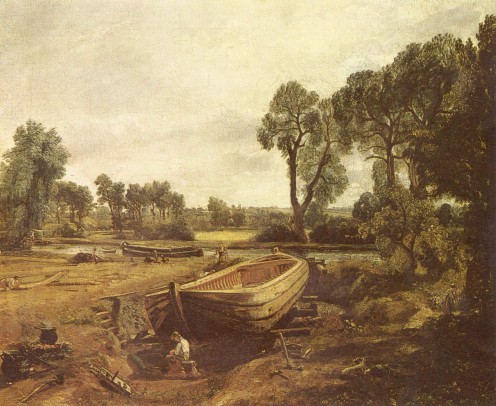
East Bergholt, Suffolk, UK
Solihull (and Knowle) West Midlands, UK
Cenotaph to Sir Joshua Reynolds - Coleorton Grounds - Constable
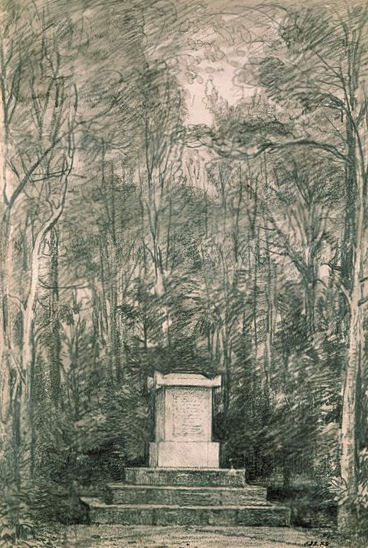
Knowle High Street, Solihull - Site of the Greswolde Hotel
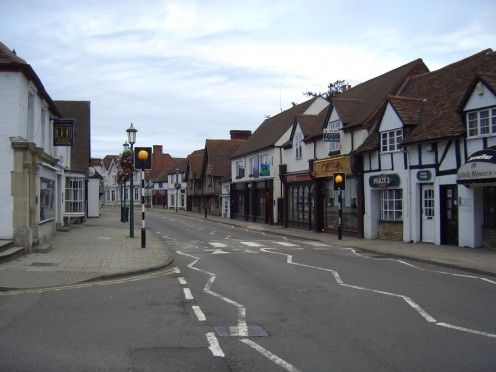
Some Interesting Related Links
- James Thomson (poet) - Wikipedia, the free encyclopedia
- John Constable (1776 - 1837) - Find A Grave Memorial
- Birmingham Mail - Solihull News - Solihull Council sells John Constable sketch
- Constable and Salisbury: The Soul of Landscape, Salisbury & South Wiltshire Museum, Salisbur
- Malvern Hall:: OS grid SP1679 :: Geograph Britain and Ireland - photograph every grid square!
- Salisbury Cathedral from the Meadows - Wikipedia, the free encyclopedia
- Salisbury, UK: John Constable\'s arresting view - Telegraph
- Salisbury Cathedral - Wikipedia, the free encyclopedia
- Welcome to Salisbury Cathedral
- Tate Collection | Hampstead Heath with a Rainbow by John Constable
- Tate Collection - Hampstead Heath, with the House Called 'The Salt Box' (Constable)
- Hampstead Heath
- Constable's House - HAMPSTEAD HEATH 2011
- HAMPSTEAD HEATH 2011
The Glebe Farm circa 1830 - Constable
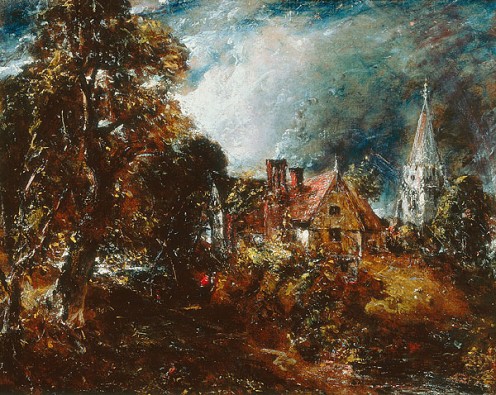
Constable Country
There is no doubt that the area near to Constable's birthplace is, and should be, recognised as 'Constable Country'.
However, wherever he went, this artist seems to have recorded the landscapes which surrounded him.
Thus, one could argue that many parts of England were Constable Country: Suffolk, Salisbury, London, etc ~ and Solihull!
Indeed. Constable is such a great English favorite, that it is only right and proper to say that England ~ the entire nation ~ is truly John Constable's Country!
When the BBC Radio 4 'Today' programme took a vote, after three weeks, it was concluded that John Constable's 'The Haywain' was the country's second favorite painting. ('The Fighting Temeraire', by Joseph Mallord William Turner, came first.)
Malvern Hall and St Alphege Church, Solihull - By John Constable
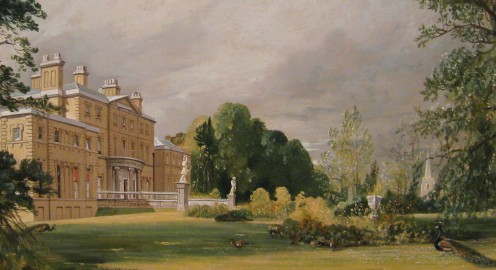
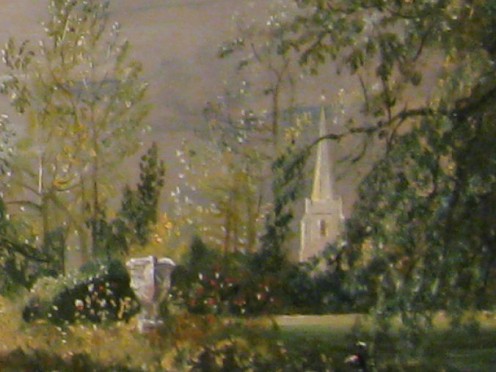
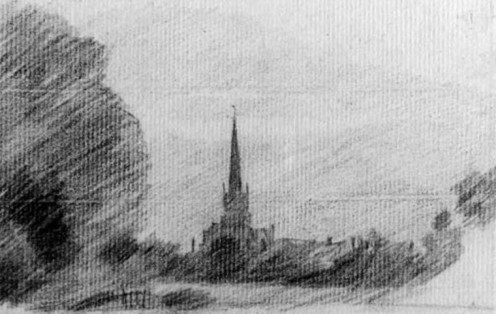
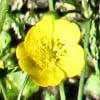

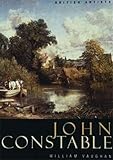



![John Constable, R.a. [1903]](https://m.media-amazon.com/images/I/31C4IXW+rXL._SL160_.jpg)
